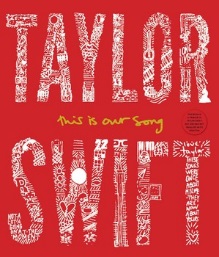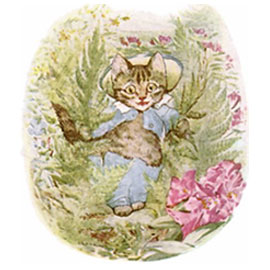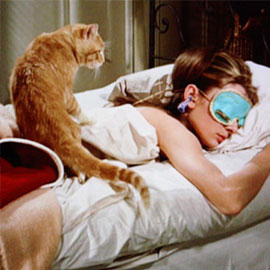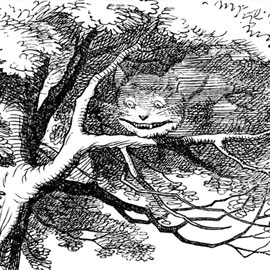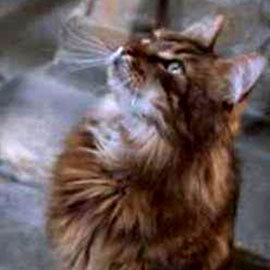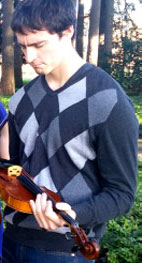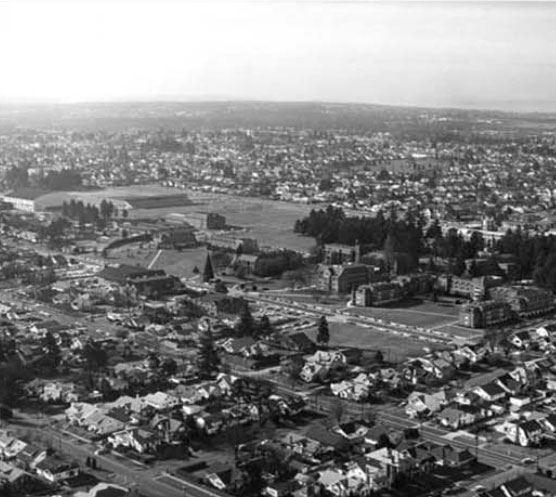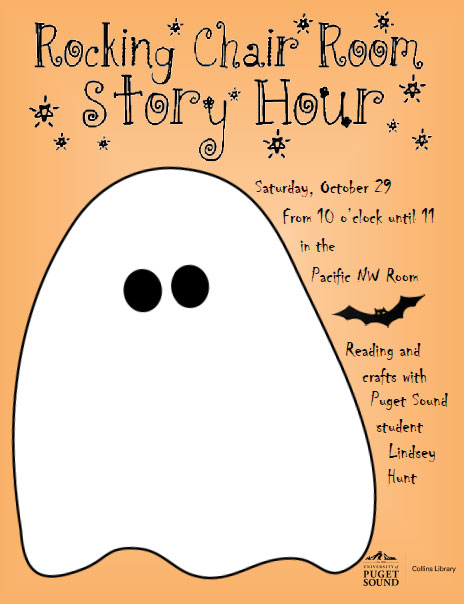
Some library resources and events to share
in anticipation of Election Day:
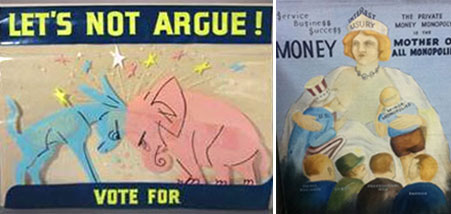
Let’s not argue retrieved from Artstor Blog. Original painting from
Homer T. Bones Collection, Archives & Special Collections
 Dead Feminists: Jessica Spring and Chandler O’Leary will be presenting at Collins Library on Election Day, November 8th from 4:00 – 5:00 in room 020. They will be discussing their new book, Dead Feminists, and sharing insights into their inspiring series of broadsides that showcase women who have impacted our society. Cake and punch will be served. Co-sponsored by The Yellow House.
Dead Feminists: Jessica Spring and Chandler O’Leary will be presenting at Collins Library on Election Day, November 8th from 4:00 – 5:00 in room 020. They will be discussing their new book, Dead Feminists, and sharing insights into their inspiring series of broadsides that showcase women who have impacted our society. Cake and punch will be served. Co-sponsored by The Yellow House.
Election Coverage: a pop-up exhibit from the Archives & Special Collections: Visit the first floor of the Library at the times listed below. Stop by to see material on: the Tacoma City Council Recall Election of 1970, electioneering betting, the personal collections of Washington Senator Bone and Representative Coffee, campus opinions from The Trail, artists’ books about presidential candidates, and more.
Tuesday, Nov. 1 1-2 pm
Thursday, Nov. 3 4-5 pm
Monday, Nov. 7 2:30-3:30 pm
Tuesday, Nov. 8 1-2 pm
Resources to review: Andrea Kueter shares some great sites to help sift through all the media bias:
Need Information? Don’t forget the Collins Memorial Library – Library Guides
Questions? Contact your liaison librarian
Comments: Contact Jane Carlin, library director
Remember – Your best search engine is a librarian!
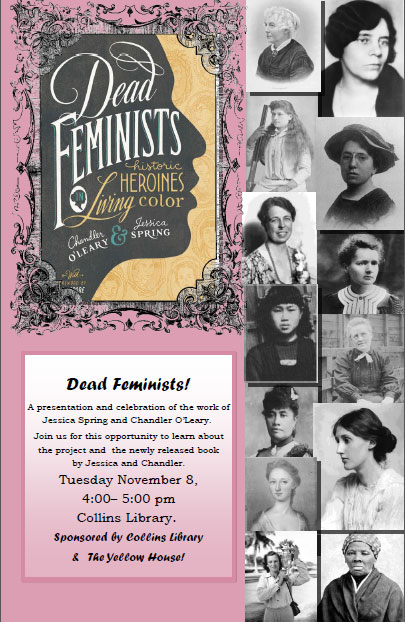 Join these two celebrated local artists as they launch the publication of their new book highlighting the Dead Feminists Series published by Sasquatch Books. Their collaborative series features quotes by historical feminists, tied to current political and social issues. Each limited-edition broadside is letterpress printed from hand-drawn lettering and illustrations. A portion of the proceeds of each piece is donated to a cause that aligns with the issue highlighted by the artwork. Jessica and Chandler have released 23 broadsides since the series began in 2008.
Join these two celebrated local artists as they launch the publication of their new book highlighting the Dead Feminists Series published by Sasquatch Books. Their collaborative series features quotes by historical feminists, tied to current political and social issues. Each limited-edition broadside is letterpress printed from hand-drawn lettering and illustrations. A portion of the proceeds of each piece is donated to a cause that aligns with the issue highlighted by the artwork. Jessica and Chandler have released 23 broadsides since the series began in 2008.





